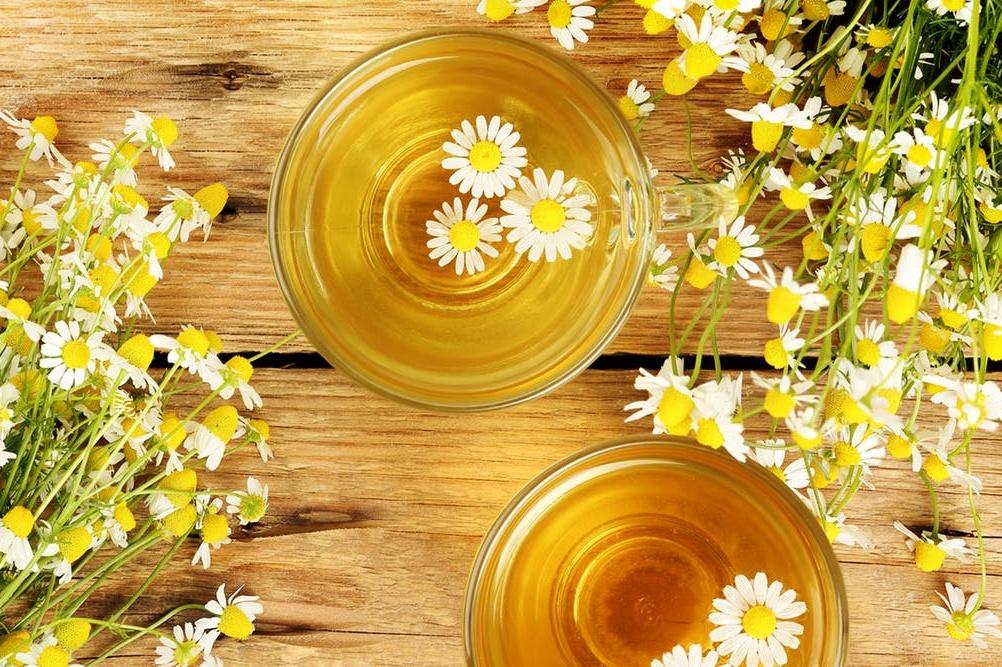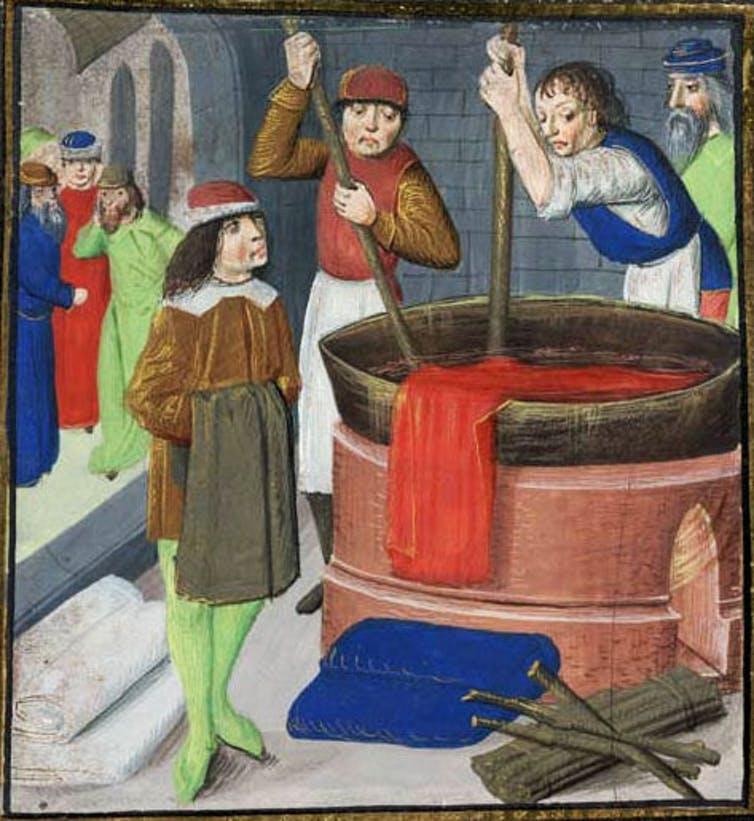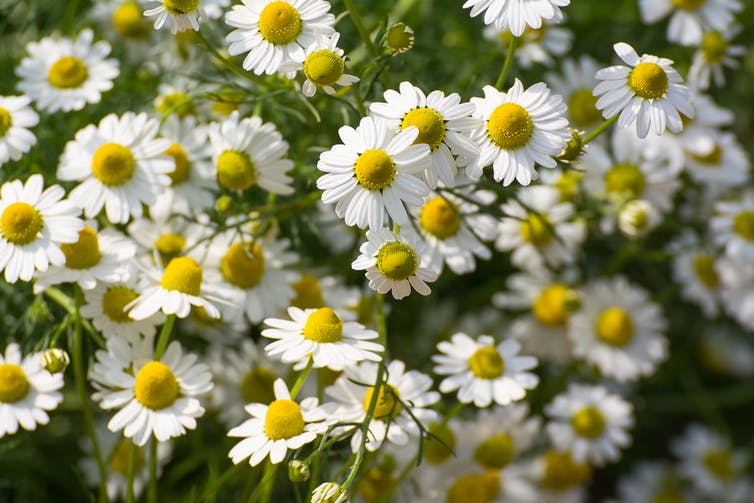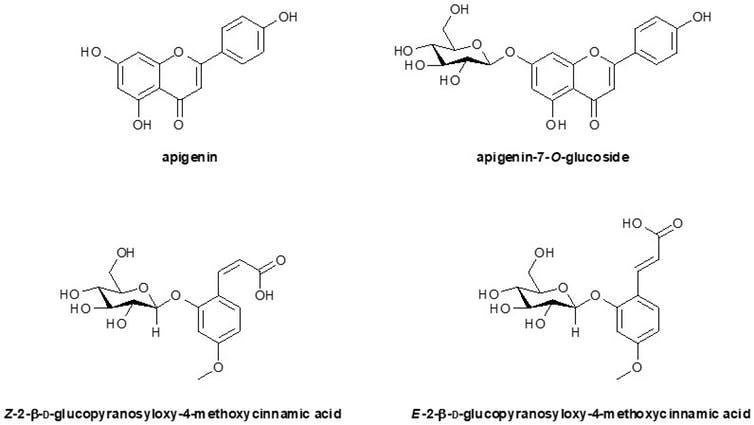Drinking camomile tea could help control or prevent diabetes, research shows
We should all be having a cup of camomile tea before bed, says Richard Blackburn, but not for the reasons you think. The yellow flower can control, or even prevent, diabetes

Your support helps us to tell the story
From reproductive rights to climate change to Big Tech, The Independent is on the ground when the story is developing. Whether it's investigating the financials of Elon Musk's pro-Trump PAC or producing our latest documentary, 'The A Word', which shines a light on the American women fighting for reproductive rights, we know how important it is to parse out the facts from the messaging.
At such a critical moment in US history, we need reporters on the ground. Your donation allows us to keep sending journalists to speak to both sides of the story.
The Independent is trusted by Americans across the entire political spectrum. And unlike many other quality news outlets, we choose not to lock Americans out of our reporting and analysis with paywalls. We believe quality journalism should be available to everyone, paid for by those who can afford it.
Your support makes all the difference.Camomile – that yellow flower so often made into a tea, enjoyed before bed – is a very interesting plant. It was recently discovered that the humble flower may control or even prevent diabetes – and now my research into historical textile dyes has helped identify the specific compounds involved. That bedtime herbal tea may be doing many people a lot of good.
I’ve been working with Chris Rayner for more than 15 years to develop new techniques to identify the chemistry of natural colourants used throughout history to dye textiles. Before William Perkin’s serendipitous 1856 discovery of mauveine, the first synthetic dye, textile fibres were dyed with coloured extracts of plants and animals.
Nature makes a complex cocktail of different compounds in these dye plants, and many of these are transferred to textiles during dyeing. We analyse historical artefacts to see if these compounds are present to try to determine when, where and how they were dyed and with what plant. The chemistry and ratio of these molecules can provide significant information about which plant species was used to dye the fibres or the technique used for the dye process. In the context of historical textiles, this information is of paramount importance for conservation and restoration purposes, as well as the generation of information on the ethnographic origins of the artefacts.
So what does this have to do with diabetes? Well, many of the techniques that have been used to extract the dyes from textile samples cause damage to the dye molecule, resulting in a loss of information about the chemical fingerprint potentially available to conservators. But we have developed new “soft” extraction methods using glucose, which can preserve the dye molecule during extraction and analysis, and have used these new techniques to investigate dyes that were commonly used prior to the mid-19th century.
One such plant used throughout history was camomile, which gives a bright yellow colour on wool, cotton and other natural fibres. There is evidence of its use in Europe and Asia to dye textiles dating back many hundreds of years. We identified the colourants and other natural components present in several species of camomile in our attempts to understand their colouration properties and their identification in historical textiles, in the process significantly developing our knowledge of their complex chemistry.
This would have been interesting from a pure conservation and dye chemistry perspective. But then members of our team had a chat with another research group, led by Professor Gary Williamson from the School of Food Science and Nutrition at the University of Leeds, and it became apparent that we had a mutual interest in the chemistry of camomile.

As a food, most people will be familiar with camomile’s use as a herbal tea, often associated with aiding sleep. Indeed recognition of its medicinal properties as a relaxant and sedative is exemplified by its listing as an official drug in the pharmacopoeias of 26 countries, including the UK. But we didn’t realise that it potentially has other dietary benefits. German chamomile has been taken for digestive problems since at least the first century.

This team has spent the past few years studying the link between dietary components and carbohydrate digestion: specifically, how certain natural compounds can help to control blood glucose levels. They had screened several plant extracts and identified German chamomile (Matricaria chamomilla) as very effective in controlling diabetes in 2017. But what was really important was to understand which compounds in particular were responsible for this activity. We wondered if our research on natural dyes in camomile could help with this.
We applied the techniques that we had developed for extraction of historical textiles to extraction and analysis of camomile flowers. Working together, we identified four specific compounds that are active in camomile and able to control carbohydrate digestion, drawing on our experience of dyestuff analysis.
Two of these compounds, apigenin-7-O-glucoside and apigenin, are yellow colourants that we had previously seen in wool textiles dyed with camomile. The other two compounds had been previously misidentified by other researchers, but we correctly identified them as (Z) and (E)−2-hydroxy-4-methoxycinnamic acid glucosides. We studied the contribution of these four compounds to the overall bioactivity of camomile, and found that, taken together, they were able to modulate carbohydrate digestion and absorption. There is also the potential to extract and concentrate these components from hamomile for medicinal application.

So simply put, drinking camomile tea may be helpful in controlling or even preventing diabetes. And excitingly, it seems that understanding the chemistry of plant dyes in common use prior to the mid-19th century could unlock new treatments for modern day medicine.
Richard Blackburn is an associate professor and the head of the Sustainable Materials Research Group at the University of Leeds. This article was first published in The Conversation (theconversation.com)
Join our commenting forum
Join thought-provoking conversations, follow other Independent readers and see their replies
Comments